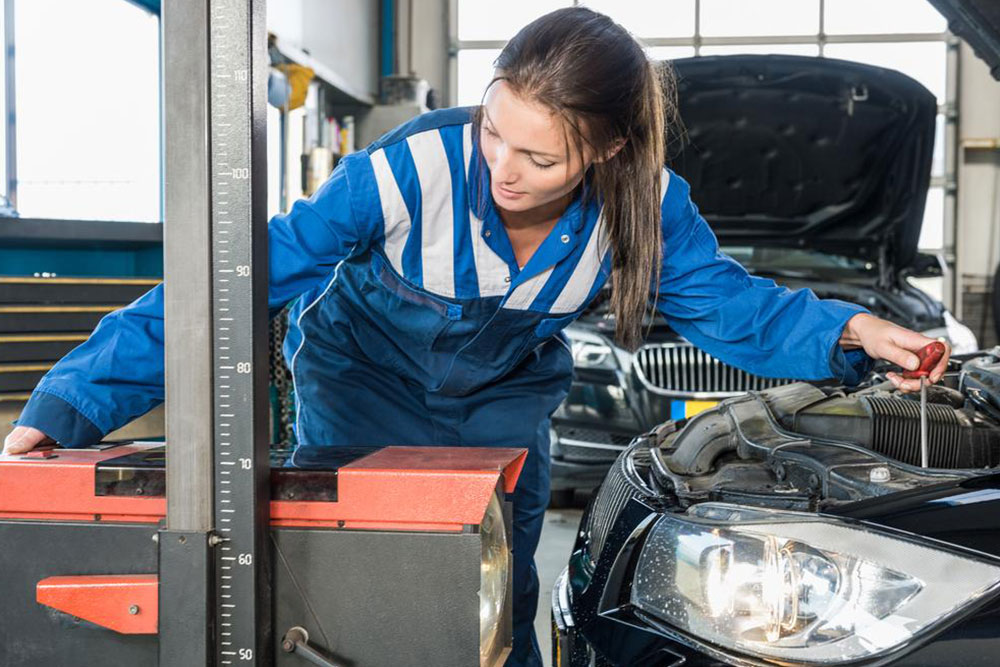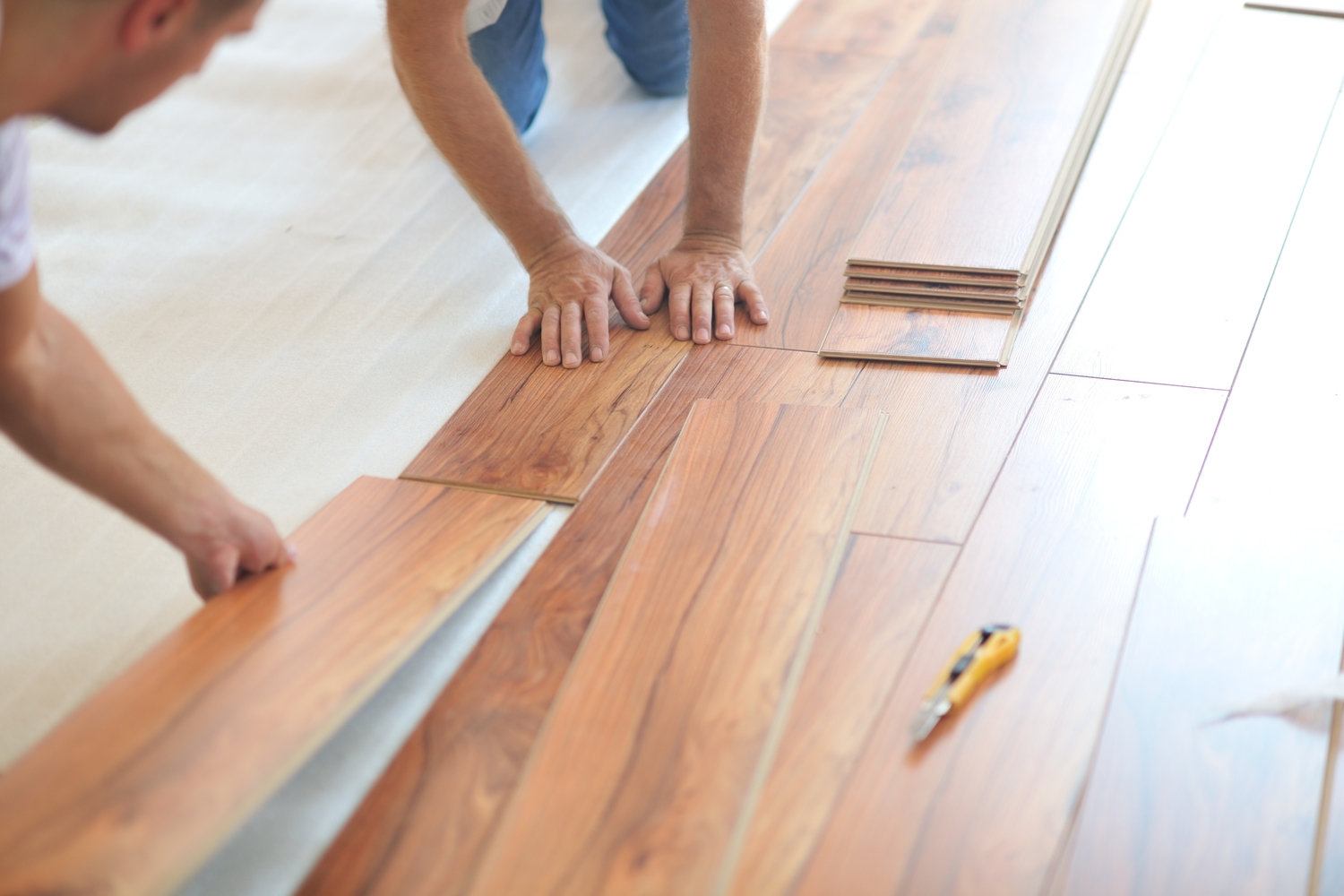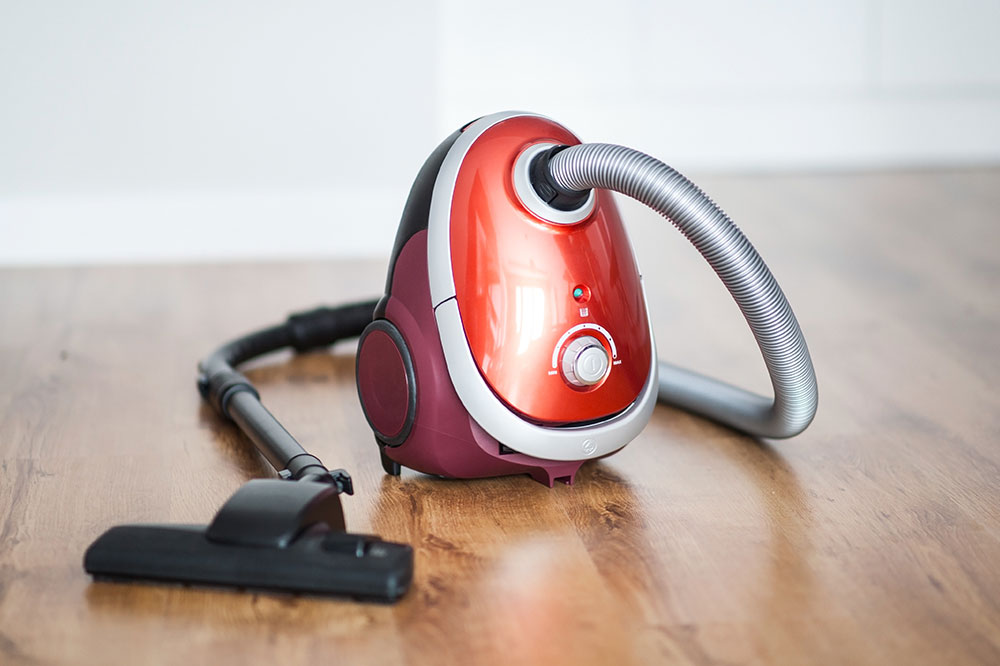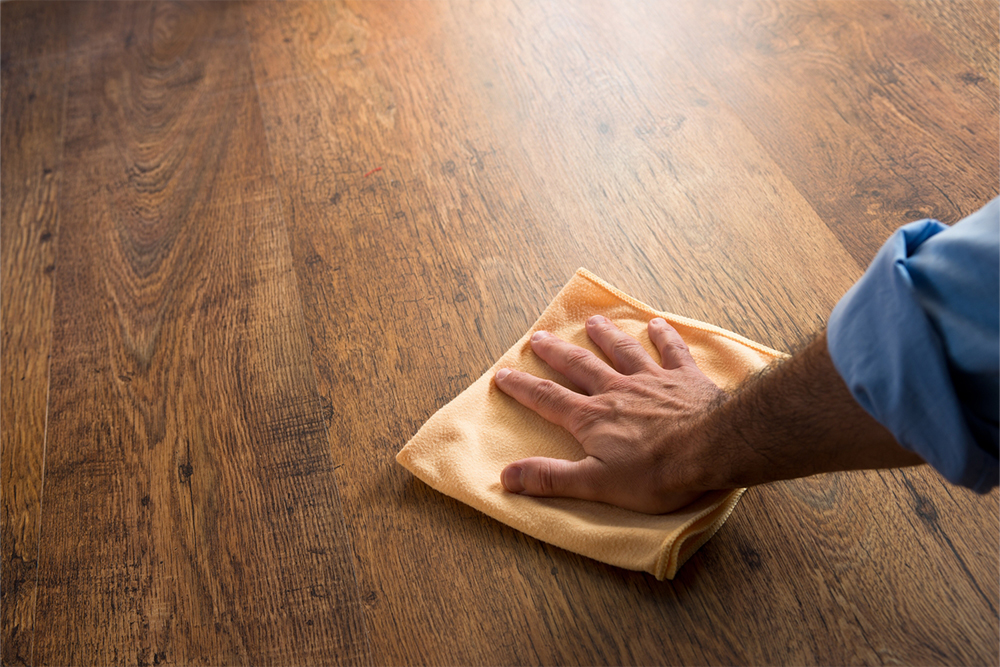Comprehensive Guide to Effective Gearbox Restoration Techniques
This comprehensive guide offers essential strategies for effective gearbox restoration. From understanding design fundamentals to using quality parts and performing thorough testing, it provides a detailed blueprint for achieving durable, high-performing gearboxes. Emphasizing organization, precision, and continuous learning, this article is ideal for technicians and hobbyists aiming for expert-level restoration results.
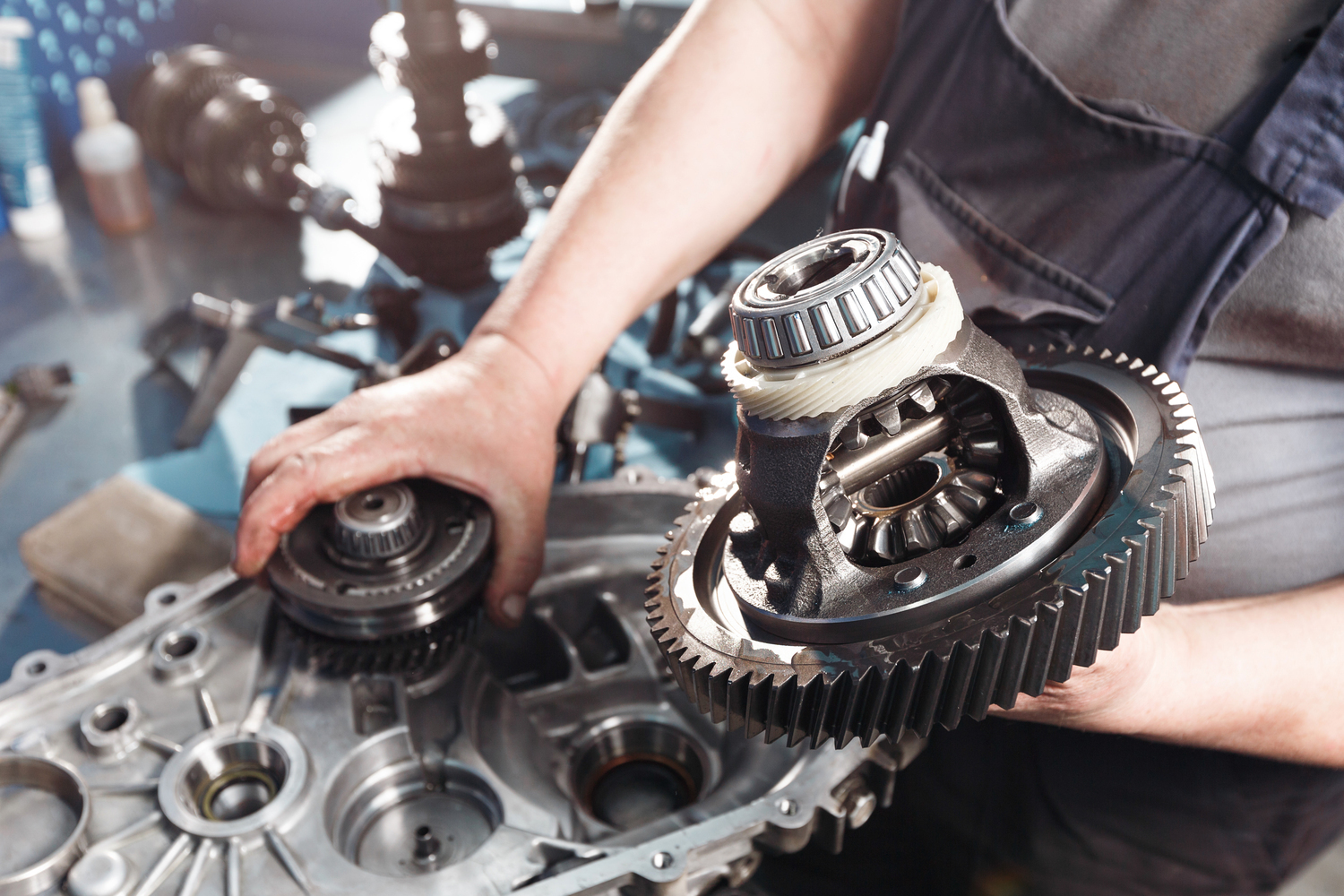
Comprehensive Guide to Effective Gearbox Restoration Techniques
Restoring a gearbox is a meticulous and complex task that requires a blend of technical expertise, patience, and attention to detail. Whether you're a seasoned mechanic or a dedicated hobbyist, achieving a successful gearbox overhaul involves following a structured approach rooted in industry best practices. This detailed guide lays out essential strategies to help you navigate the restoration process smoothly and effectively, ensuring optimal performance, longevity, and reliability of the gearbox.
1. Develop a Deep Understanding of the Gearbox Design and Functionality
Before diving into the restoration, it is crucial to familiarize yourself comprehensively with the specific gearbox model you are working on. Access the official service manual and technical documentation to study its internal architecture, operational principles, and common failure points. This foundational knowledge allows for accurate diagnosis, targeted repairs, and efficient troubleshooting. Understanding the intricacies of gear ratios, synchronization mechanisms, lubrication pathways, and component interactions sets the stage for a successful rebuild.
2. Prepare an Organized and Clean Work Environment
An orderly workspace is vital for effective gearbox restoration. Gearboxes contain numerous small, delicate parts such as gears, bearings, seals, and fasteners. Maintaining cleanliness reduces the risk of contamination and misplaced components. Use labeled containers or trays for organizing parts and tools. Implement a cleaning station with appropriate solvents to ensure all parts are free from old lubricant, dirt, and corrosion. A tidy workspace minimizes errors, saves time, and enhances safety during the process.
3. Equip Yourself with the Right Tools and Instruments
High-quality, specialized tools are essential for precise work. Gear pullers, bearing splitters, torque wrenches, micrometers, calipers, and dial indicators are some of the critical equipment needed. Using the correct tools ensures that parts are handled without damage and measurements are accurate. For example, precise torque application prevents over-tightening or under-tightening fasteners, which could compromise the gearbox’s integrity. Investing in the right equipment pays off by streamlining the process and improving the restoration quality.
4. Conduct Thorough Inspection and Cleaning of Components
Before reassembly, scrutinize every component for signs of wear, cracks, rust, or deformation. Use magnification and measurement tools to identify subtle damages. Clean all parts meticulously, employing suitable solvents and ultrasonic cleaners if necessary. Removing debris, old lubricant, and corrosion ensures that the rebuilt gearbox operates smoothly. Replace any damaged or excessively worn parts, including seals, gaskets, and gears, with high-quality replacements that meet or exceed OEM standards to ensure durability and performance.
5. Document and Label Parts During Disassembly
During disassembly, take detailed notes and photographs of each step. Label components clearly with tags or markers to facilitate reconstruction. Proper documentation reduces guesswork, prevents misplacement of parts, and ensures correct reinstallation. This meticulous record-keeping is especially valuable when working on complex gearboxes with multiple similar components.
6. Use High-Quality Replacement Parts
Prioritize genuine OEM parts or trusted aftermarket components that meet or surpass original specifications. Inferior parts can lead to premature failure, noise, or subpar performance. Investing in quality components guarantees that the restored gearbox will deliver reliable operation over an extended period. Verify compatibility and quality standards before purchasing replacements to avoid issues down the line.
7. Follow Precise Assembly Procedures
Assembly must strictly adhere to manufacturer guidelines. Proper torque settings, lubrication, gear alignment, and clearance specifications are critical for optimal operation. Use calibrated torque wrenches and measurement tools to ensure specifications are met exactly. Double-check each step before fully tightening fasteners or sealing components. Proper assembly prevents issues such as gear slippage, uneven wear, or overheating, promoting smooth and efficient operation.
8. Perform Comprehensive Testing Before Putting the Gearbox Back into Service
After assembly, conduct rigorous testing procedures. Rotate the gears manually to check for smooth engagement and absence of binding. Simulate operational loads to assess performance under load conditions. Listen for unusual noises, vibrations, or irregularities that could indicate misalignment or damage. Use diagnostic tools such as vibration analyzers or oil analysis kits to detect hidden problems. Address any abnormalities before returning the gearbox to service to prevent future failures.
9. Implement Preventive Maintenance Regimen
Post-restoration, establish a routine maintenance schedule. Regular oil changes, monitoring temperature, checking for vibrations, and inspecting seals prolong the lifespan of the gearbox. Preventive measures help identify early signs of wear or issues, allowing for timely intervention and avoiding costly repairs or breakdowns. Educate users on proper operation techniques and maintenance practices to ensure the gearbox remains in peak condition over the years.
10. Stay Updated with Industry Innovations and Best Practices
The field of gearbox technology is continually evolving. Stay informed by participating in training sessions, reading industry publications, and engaging with manufacturers’ updates. Incorporate cutting-edge tools, lubrication technologies, and repair techniques into your workflow. Continuous learning not only enhances your skills but also ensures your repair methods stay current, leading to higher quality restorations and greater customer satisfaction.
Summary
Achieving excellence in gearbox restoration involves a comprehensive understanding of its design, meticulous planning, organization, and high-quality workmanship. Combining in-depth technical knowledge with precision tools, effective documentation, and ongoing learning yields reliable, long-lasting results. Following industry best practices maximizes the efficiency and effectiveness of your restoration projects, ensuring that each gearbox functions as intended and withstands the test of time. Embrace a systematic approach, uphold high standards, and continually refine your skills to excel in gearbox maintenance and repair.
